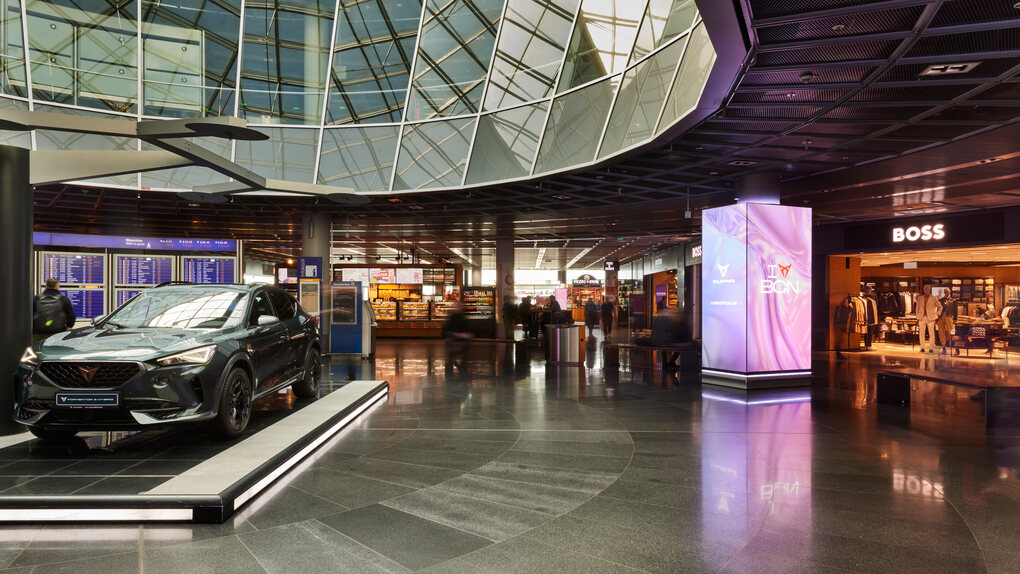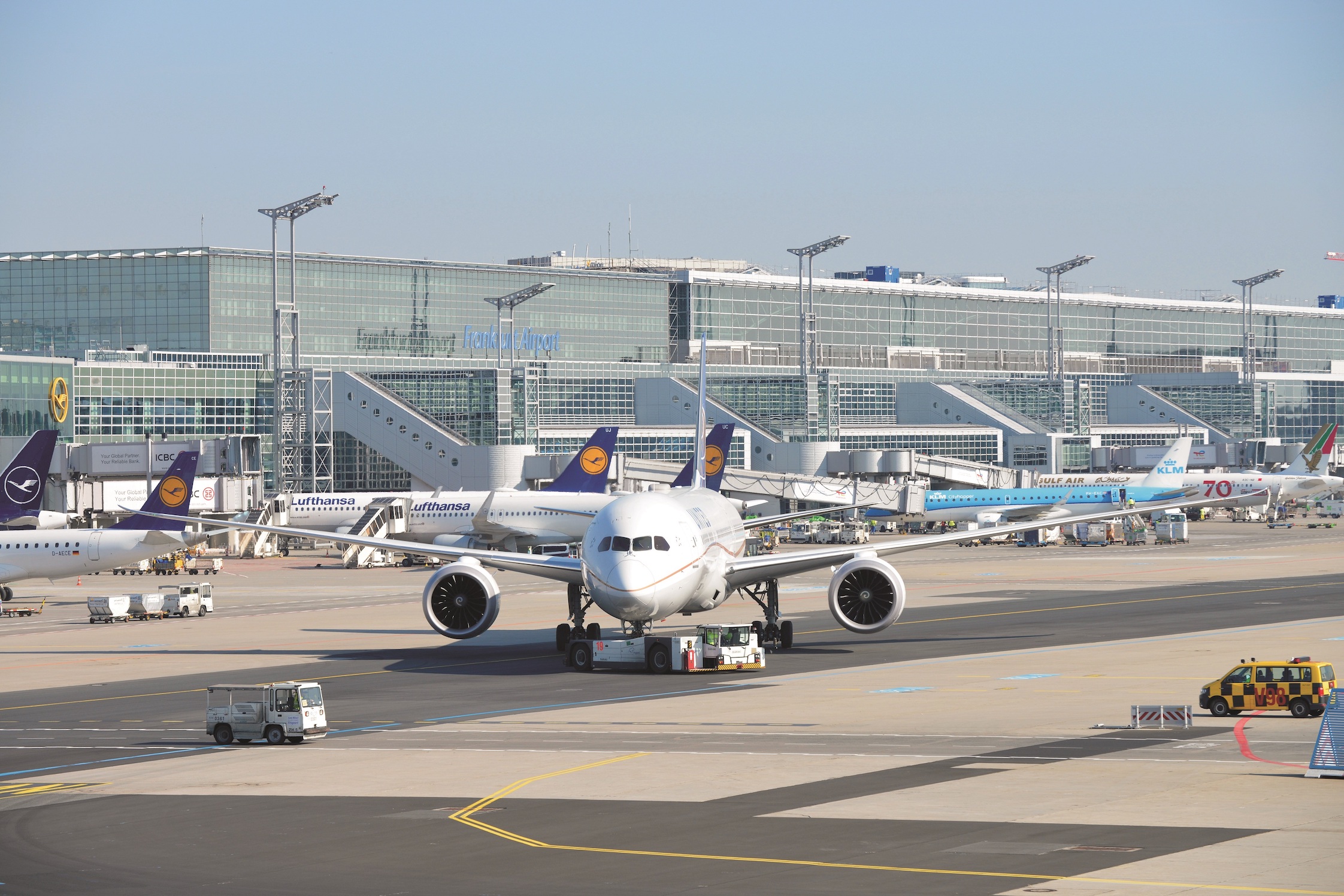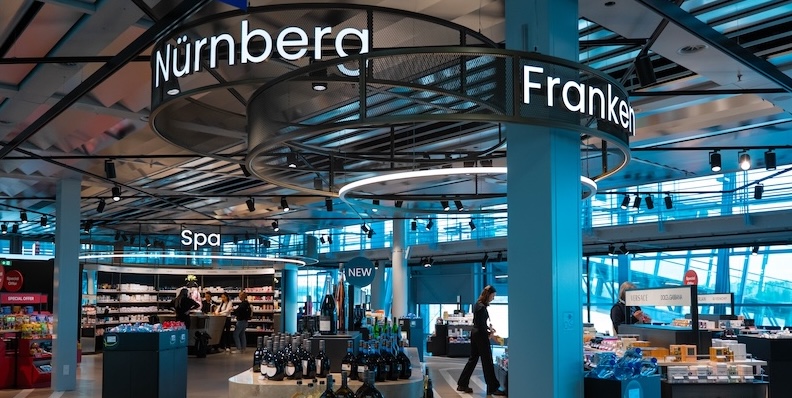
GERMANY. Frankfurt Airport served 5.8 million passengers in September, a rise of +1.2% year-on-year but still -12.9% behind the same month in 2019.
While European traffic grew +2.6% and domestic climbed +1.3%, intercontinental traffic declined -1.1% year-on-year. This was principally down to a -27.8% fall in Middle East traffic, which Frankfurt Airport owner Fraport Group attributed to the continuing regional crisis.
The sharp fall was only partially offset by growth to the USA and Asia, with China traffic up +30.4%, India +11.7% and Singapore +19.9%.

Cumulative traffic over the first nine months of the year amounted to around 46.7 million passengers, an increase of +4.9% compared to the same period in 2023 and a decrease of -13.8% compared to 2019.
Most airports in Fraport’s international portfolio posted solid growth last month.
Fraport’s 14 Greek regional airports reported passenger growth of +3.7% year-on-year, with a total of 5.3 million travellers. In Bulgaria, the Fraport Twin Star airports of Burgas and Varna saw a -3.2% year-on-year decline in combined traffic, to 470,642 passengers. Traffic at Antalya Airport increased +2.1% year-on-year to around 5 million passengers. Ljubljana Airport registered a surge of +11% to 155,801 passengers.
By contrast, the two Brazilian airports of Fortaleza and Porto Alegre experienced sharp declines, with combined figures falling -44.1% year-on-year to 593,264 passengers. This was mainly due to the suspension of flight operations at Porto Alegre since 3 May as a result of heavy flooding in the region.
Elsewhere in Latin America, 2.1 million passengers travelled through Lima Airport in September, a healthy +13.2% rise compared to the same month last year.
Total passenger numbers at the airports actively managed by Fraport rose +0.7% year-on-year to about 19.4 million passengers in September. ✈️














